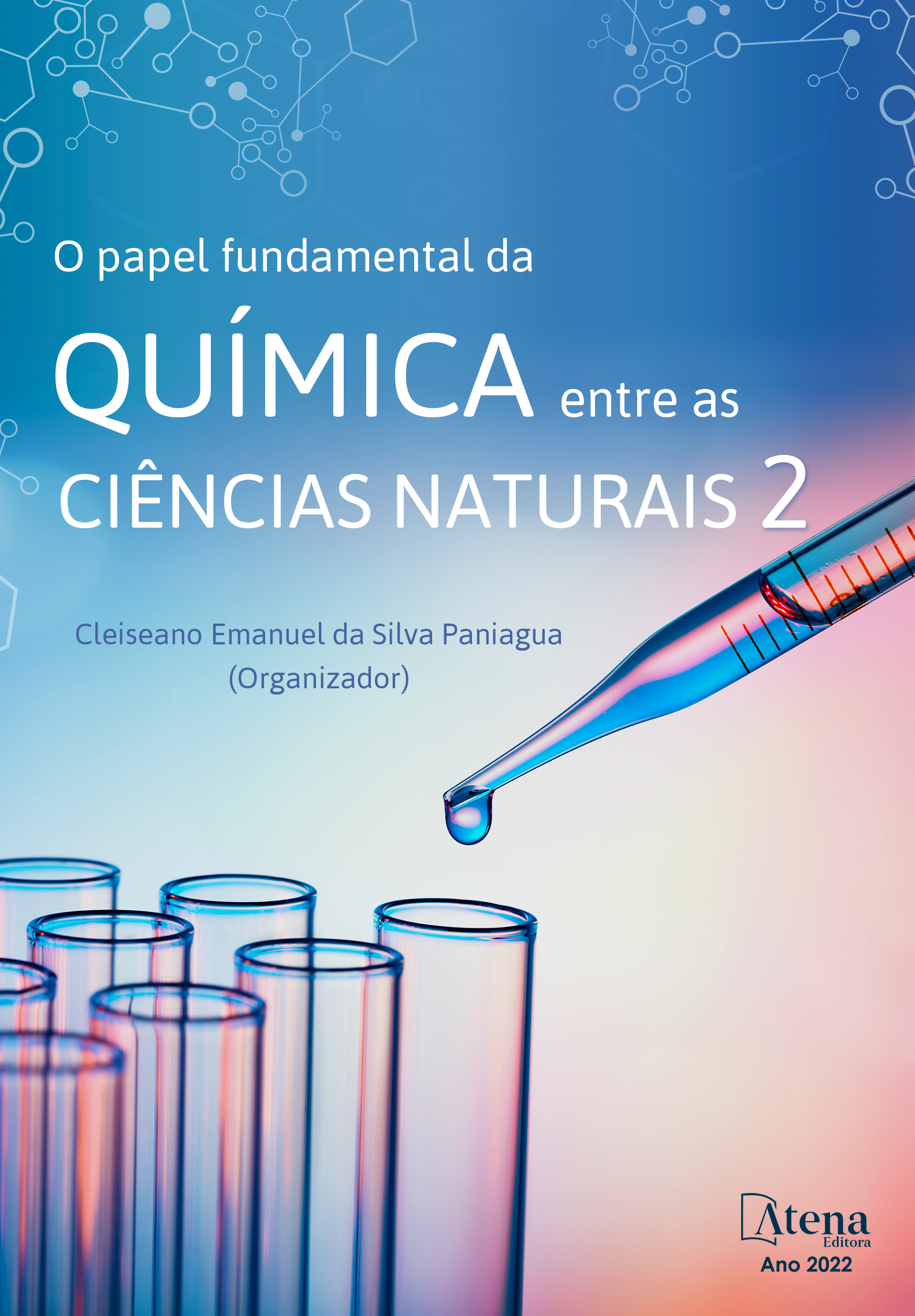
SÍNTESE DE SEMICONDUTORES DE DIFERENTES COMPOSIÇÕES E SUA CAPACIDADE DE ABSORÇÃO NA REGIÃO UVA
A síntese de fibras por electrospinning nos proporciona a obtenção de nanoestruturas unidimensionais com boa flexibilidade, propriedades ópticas, catalíticas, elevada área superficial e porosidade. Podem ser utilizadas em aplicações como: catálises, células solares, células combustíveis, membranas, baterias de hidrogênio, entre outras. Sendo assim, neste trabalho sintetizamos nanofibras de TiO2 e de TiO2/WO3 por electrospinning. Estas nanofibras foram tratadas termicamente entre 650 ºC e 800 ºC, e caracterizadas quanto: a morfologia por microscopia eletrônica de varredura (MEV), fases cristalinas por difração de raios X (DRX), fotoatividade mediante ensaios de degradação de 125 mL de uma solução 20 ppm do corante alaranjado de metila e por colorimetria. Os resultados parciais, apontam a amostra de TiO2/WO3 tratada termicamente à 800 ºC mais efetiva na degradação do corante e na reflexão das diferentes cores, possivelmente devido a existência de uma sincronicidade entre as propriedades químicas e físicas dos óxidos de titânio e tungstênio.
SÍNTESE DE SEMICONDUTORES DE DIFERENTES COMPOSIÇÕES E SUA CAPACIDADE DE ABSORÇÃO NA REGIÃO UVA
-
DOI: 10.22533/at.ed.2712206048
-
Palavras-chave: Electrospinning, Nanofibras, Titânio, Tungstênio
-
Keywords: Electrospinning, Nanofibers, Titanium, Tungsten
-
Abstract:
The synthesis of fibers by electrospinning allows us to obtain one-dimensional nanostructures with good flexibility, optical and catalytic properties, high surface area and porosity. They can be used in applications such as: catalysis, solar cells, fuel cells, membranes, hydrogen batteries, among others. Therefore, in this work we synthesized TiO2 and TiO2/WO3 nanofibers by electrospinning. These nanofibers were heat treated between 650 ºC and 800 ºC, and characterized in terms of: morphology by scanning electron microscopy (SEM), crystalline phases by X-ray diffraction (XRD), photoactivity through degradation tests of 125 mL of a 20 ppm of methyl orange dye and by colorimetry. The partial results show that the TiO2/WO3 sample heat treated at 800 ºC is more effective in the degradation of the dye and in the reflection of different colors, possibly due to the existence of a synchronicity between the chemical and physical properties of titanium and tungsten oxides.
-
Número de páginas: 10
- Annelise Kopp Alves
- Luana Góes Soares da Silva


